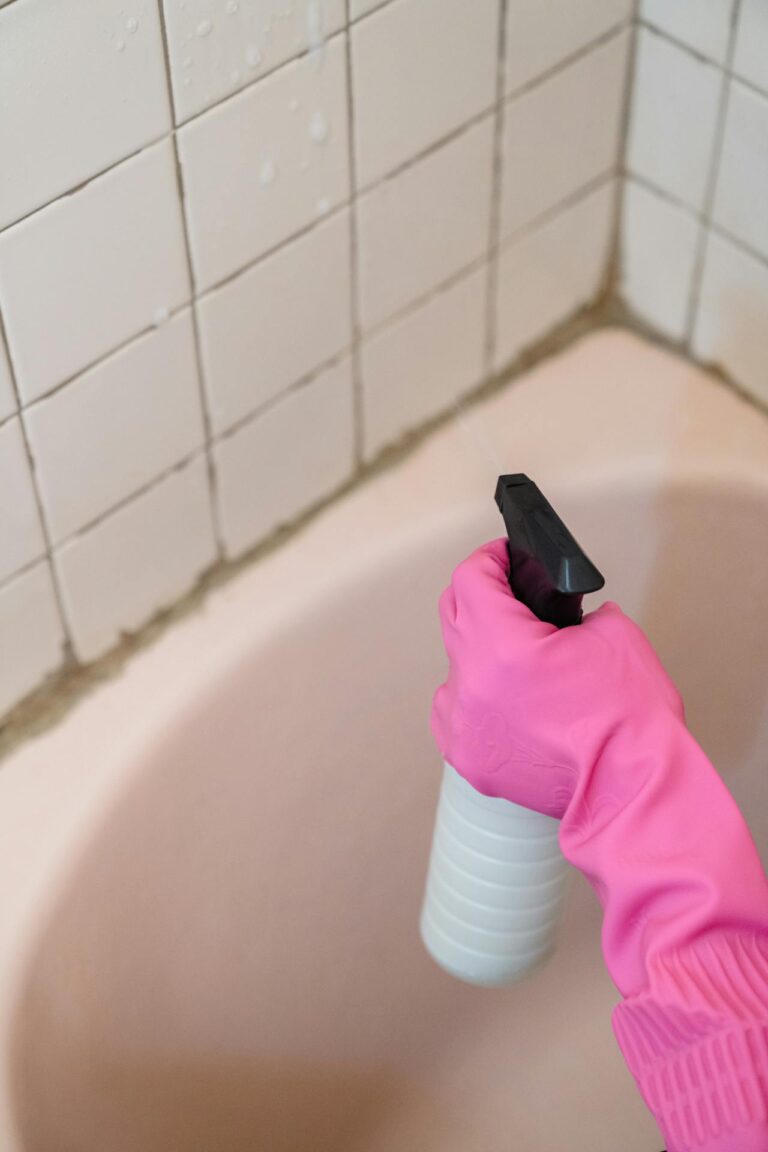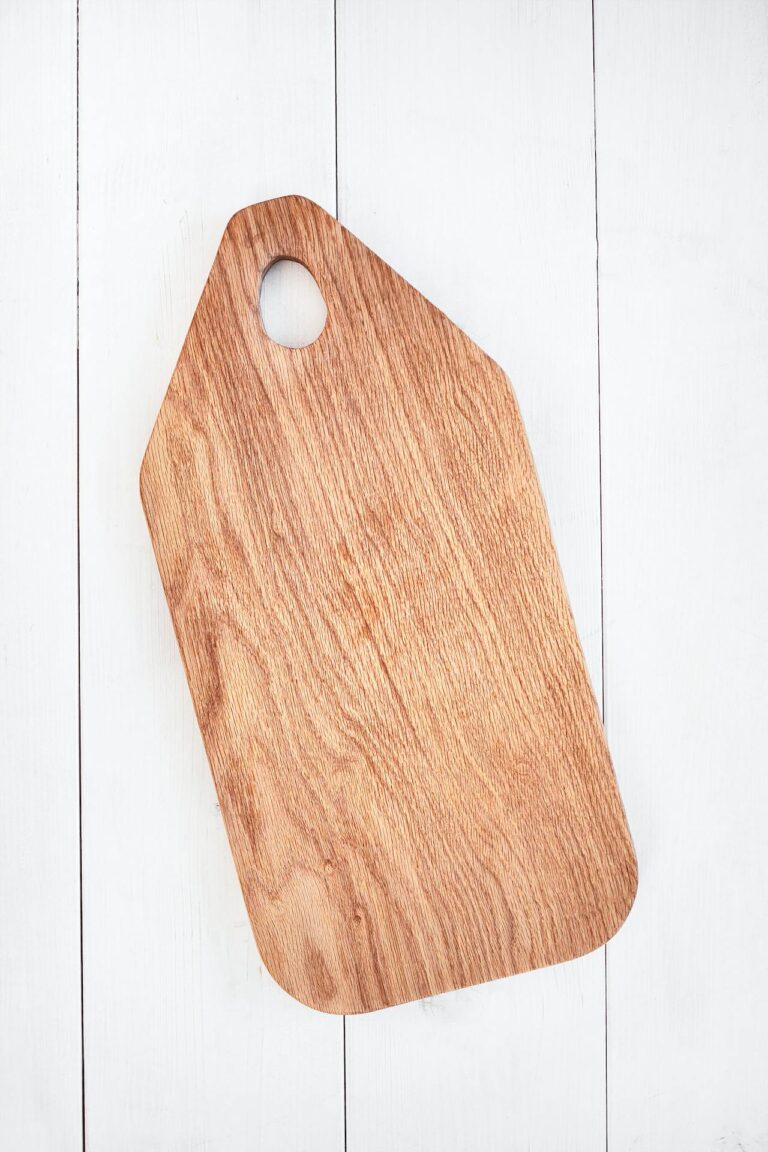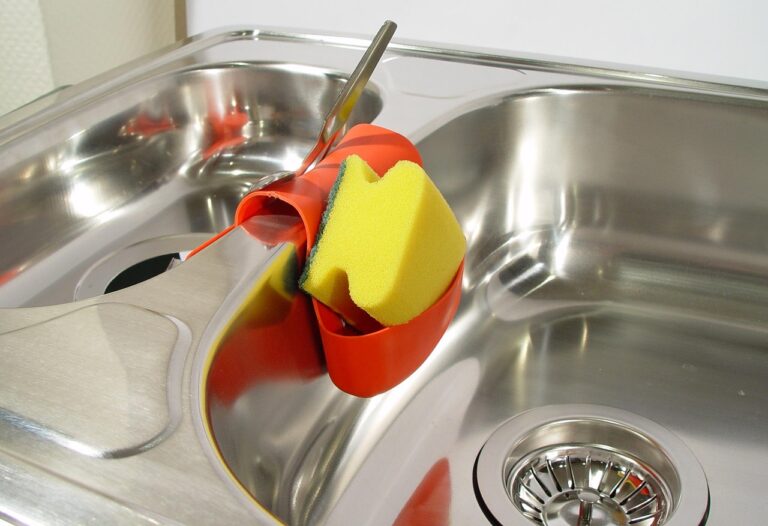Kitchen towels often go through a lot. They dry hands, wipe spills, and handle hot pots throughout the day. Washing them after every use isn’t practical, but letting them sit damp and smelly isn’t appealing either. The good news is there are simple ways to keep them fresh between washes without adding extra laundry to your routine.

Why Kitchen Towels Get Funky So Fast
Kitchen towels trap moisture, food particles, and bacteria from repeated use. When they stay damp in a warm kitchen, bacteria multiply quickly. That’s what creates the musty smell. The key is managing moisture and preventing buildup rather than fighting odors after they’ve set in. This approach keeps towels fresher with less effort.
1. Hang Them Properly After Each Use
The way you hang towels matters. Spread them out completely on a bar or hook. Air needs to circulate on both sides. Bunched-up towels stay damp longer and develop odors faster.
If you have limited space, drape towels over the oven handle. Put one end on each side. This creates airflow and helps them dry within an hour or two. Just make sure they’re not touching each other.
Choose a spot away from the sink or stove where they won’t get splashed repeatedly.
2. Rotate Between Two or Three Towels
Switching towels throughout the day gives each one time to dry. Keep a few clean towels in a drawer nearby. Swap them out when one gets too damp. This prevents any single towel from staying wet for hours.
Once a towel has air-dried completely, it can go back into rotation if it’s still clean. You don’t need to wash it just because it got damp.
This approach works especially well during busy cooking days. One towel handles dishes, another dries hands, and they each get recovery time.
3. Give Them a Quick Shake Outside
A simple shake can dislodge crumbs and refresh the fabric. Take the towel outside or over the sink and snap it a few times. This releases trapped particles and fluffs the fibers.
Air movement alone can reduce odors by dispersing moisture that’s clinging to the material. If weather permits, hang the towel outside for 10 to 15 minutes. Even indirect sunlight helps freshen fabric naturally.
Indoor air circulation works too. Hang towels near an open window or a fan on low speed.
4. Steam Them with Your Kettle
When you boil water for tea or coffee, hold the towel over the steam for 20 to 30 seconds. The heat helps kill surface bacteria and releases light odors trapped in the fabric. Let the towel cool and dry completely before using it again.
This method works great for towels that are slightly stale but not heavily soiled. Steam refreshes without soaking the fabric the way handwashing does.
Just keep your hands a safe distance from the steam and don’t overdo it. A quick pass is enough.
5. Spot-Clean Problem Areas
Sometimes only one section of a towel gets dirty. Dampen that spot with water, add a tiny drop of dish soap, and rub the fabric together. Rinse under running water and wring it out thoroughly.
Hang the towel to dry with the cleaned area spread out. This takes a few minutes and helps the towel last longer before a full wash. Targeting specific stains saves water and time compared to washing the whole load.
Works well for small spills or food smudges that haven’t spread.
6. Use a Vinegar Spritz Between Washes
Mix equal parts white vinegar and water in a spray bottle. Lightly mist the towel and let it air-dry completely. Vinegar neutralizes odors and has mild antibacterial properties without leaving a strong scent once dry.
Don’t soak the towel or spray too heavily. A light coating is enough to freshen the fabric. Vinegar evaporates as it dries and takes stale smells with it.
This trick is handy when towels smell off but don’t look dirty yet.
7. Toss Them in the Dryer for Five Minutes
If you have a dryer, run damp towels on medium heat for a short cycle. The warmth fluffs the fibers and evaporates moisture quickly. No detergent or water needed.
Add a dry washcloth or small towel to help absorb moisture faster. Heat resets the fabric and makes it feel fresher without a full wash cycle.
This option uses less energy than a complete laundry load and takes just a few minutes.
8. Designate Towels by Task
Using separate towels for different jobs keeps them cleaner longer. One handles drying clean dishes, another is for hands only, and a third tackles spills and messes. This prevents cross-contamination and reduces how often each towel needs washing.
Label them with different colors or patterns if that helps. When a towel touches raw meat or greasy pans, it goes straight to the laundry. Task-specific towels stay fresher because they’re not mixing clean and dirty jobs.
Fewer tasks per towel means less bacteria buildup overall.
What Doesn’t Help
Leaving towels crumpled on the counter or in the sink makes them smell worse faster. They need air to dry properly. Spraying perfume or air freshener just masks odors temporarily without addressing bacteria.
Avoid using the same towel for everything. Drying hands with the towel that just wiped raw chicken is asking for trouble. And skipping proper drying between uses defeats the purpose of these refresh methods.
Some towels are beyond refreshing and just need a wash. If they’re stiff, heavily stained, or smell even when dry, it’s time for the laundry.
Q&A
How often should kitchen towels actually be washed?
It depends on how you use them. Towels handling raw food or heavy messes should go in the wash after one use. Towels used mainly for drying clean dishes or hands can last two to three days with proper drying between uses. Pay attention to how they smell and feel rather than sticking to a rigid schedule.
Can you use baking soda instead of vinegar?
Baking soda works well in the wash but isn’t as effective for quick refreshing between washes. It absorbs odors when dry but needs moisture to activate. Vinegar is better for spray applications because it evaporates and carries odors away as it dries.
Do microfiber towels stay fresh longer than cotton?
Microfiber dries faster, which can help prevent odors. However, it can trap grease and oils more stubbornly than cotton. Both materials benefit from the same refresh techniques. Choose based on your preference for texture and absorbency.
Is it safe to keep using towels that smell slightly off?
A faint mustiness after drying usually means bacteria are present. While not immediately dangerous for drying clean dishes, it’s better to wash the towel or use a vinegar spray to reset it. Trust your nose. If it smells unpleasant, refresh or wash it before the next use.
What if towels still smell after trying these methods?
Persistent odors mean bacteria have settled deep into the fibers. Wash towels in hot water with detergent and add a half cup of white vinegar to the rinse cycle. For stubborn smells, soak them in a mixture of hot water and vinegar for 30 minutes before washing. This deep-cleans the fabric and removes buildup that refreshing techniques can’t address.






